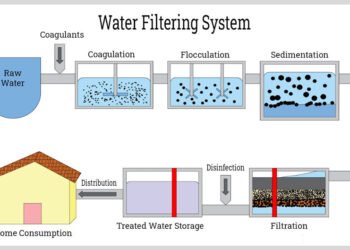Finding a roof leak can be challenging, but with the right approach, it can be manageable advises property management Tampa company, Advantage Realty Services. This guide provides expert tips to detect leaks quickly and effectively.
Whether you’re tackling the issue yourself or searching for roofers near me for professional help, understanding the process is crucial for a swift resolution.
Spotting Visible Signs
Start by looking for visible signs. Water stains on ceilings or walls are common indicators. Peeling paint or warped flooring near the ceiling can also suggest a leak. Check for mold or mildew, as these often thrive in damp areas caused by roof leaks. These visual cues are your first hint of a problem.
Using a Water Test
If the leak isn’t obvious, try a water test. On a dry day, have someone spray water on your roof while you inspect the interior for leaks. Start from the bottom of the roof and gradually move up. This method can pinpoint the exact location of the leak, making repairs more straightforward.
Inspecting Attics and Ceilings
Inspect your attic and ceilings closely. Look for wet insulation, stained wood, or rusted nails in the attic. In the ceiling, check for bulges or spots where water might accumulate. These areas often reveal the presence and general location of a leak.
Checking Roofing Materials
Examine your roofing materials. Look for missing, damaged, or aged shingles or tiles. Check the seals around roof vents and chimneys. These components can degrade over time, leading to leaks. Pay special attention to areas where different roofing materials meet, as these junctions are common leak sites.
Calling in a Professional
If you’re struggling to find the leak or if it’s in a hard-to-reach area, it’s time to call a professional. Roofing experts have the tools and experience to locate leaks quickly and safely. They can also provide a more thorough inspection to identify potential future problems.
Preventing Future Leaks
Prevention is key. Regularly clean your gutters and downspouts to prevent water buildup. Trim trees near your roof to avoid damage from falling branches. Inspect your roof regularly, especially after severe weather, and fix any issues immediately. These steps can significantly reduce the risk of future leaks.
In conclusion, finding a roof leak requires a systematic approach. Start with visible signs, use a water test for elusive leaks, inspect attics and roofing materials, and don’t hesitate to call a professional when needed. Regular maintenance can prevent future leaks, saving you time and money.












